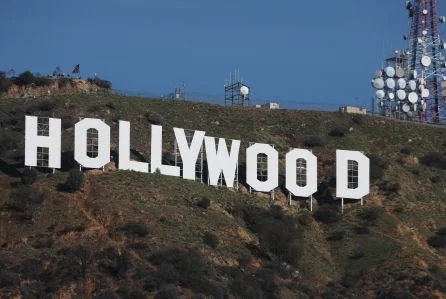Ad Code
Translate
List of 6,000+ Dofollow Commentluv Blogs FREE (Updated 2025)
January 16, 2025
What is Ozempic (semaglutide)? (Updated in 2025)
January 30, 2025
How To Find Suitable Properties In Cyprus? (Updated in 2025)
January 11, 2025
Smart strategies for trading on crypto exchanges
February 18, 2025
Color-conscious Hollywood Casting: The Answer to Minority Representation?
obaida shaikh
June 03, 2023
The end of 2018 sees the return of the 80s cult classic "Heathers." The main cast for the show includes a genderqueer character and a black lesbian who act as the leaders of the most incredible group in the school and occasionally bring hell to the not-so-cool students.
This perfectly exemplifies colour-conscious casting. In acting and Hollywood lingo, Colour-conscious casting depicts the holding of auditions for roles, emphasising the talents and experiences of actors and actresses rather than their skin or race. In simpler terms, it means casting minority races, such as Blacks, Asians, Latinas, Transgender, and others, into roles previously played by cisgender or white actors/actresses.
Looking at it from the outside, the colour-conscious casting seems a great way to establish a level playing field for all races and genders, but in its detailed view, it presents a couple of problems, as exemplified by the Heathers TV show.
The Heathers TV show highlights some of the problems tied to this casting method. Firstly, the fact that the new "Heather" characters are minorities and the plot demands that they are bullies defeats the essence of colour-conscious casting, which essentially creates racial awareness on the screen instead of diversifying the production.
Productions involving colour-conscious casting have solid merits and demerits. Several TV shows have demonstrated color-conscious casting in the past few years, none more successfully than "Hamilton."
In "Hamilton," the differences between immigrants' rights today and those during the founding years of the United States make the show's choice for color-conscious casting prominent.
The audience already knows that Alexander Hamilton is originally black, but casting him as another race makes the casting stand out.
Another show that incorporates color-conscious casting is Hulu's "The Handmaid's Tale," which utilizes two black characters as the leads, different from the source material it was adapted from. The story, which focuses on a dystopian society, touches on critical aspects such a society will encounter but has yet to explore the complications of a person of colour living in such a society.
Although "The Handmaid's Tale" has failed to address the glaring issue of minorities living in a future dystopian society, I hope to give her lead characters a chance to explore the impact of a coloured person residing in such a community.
That said, colour-conscious casting can play a prominent role in "The Handmaid's Tale" if the plot allows the lead casts to tackle their character development as it ought to be.
Netflix's "A Series of Unfortunate Events" is another adaptation of a book that utilizes color-conscious casting. Blacks play the two lead characters.
Even though the show fails to address the issue of race, it isn't seen as a significant issue at all as the fictional setting doesn't allow for that; instead, absurdity is the order of the day, and logic is tossed out the window.
Including people of colour in the show makes the fictional world a bit real without the need for minority inclusion to be justified.
Featured Post
12 Prominent new technologies and trends emerging in 2025
Khabza Mkhize-
April 02, 2025
Soapie Teasers
Sister Sites
Most Popular
List of 6,000+ Dofollow Commentluv Blogs FREE (Updated 2025)
January 16, 2025
Smart strategies for trading on crypto exchanges
February 18, 2025
Popular posts
List of 6,000+ Dofollow Commentluv Blogs FREE (Updated 2025)
January 16, 2025
Smart strategies for trading on crypto exchanges
February 18, 2025
Footer Menu Widget
Created By Blogspot Theme | Distributed By Gooyaabi Templates


Social Plugin